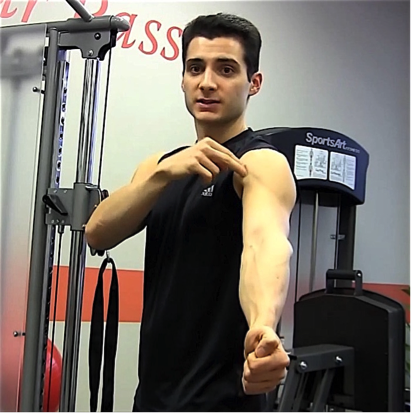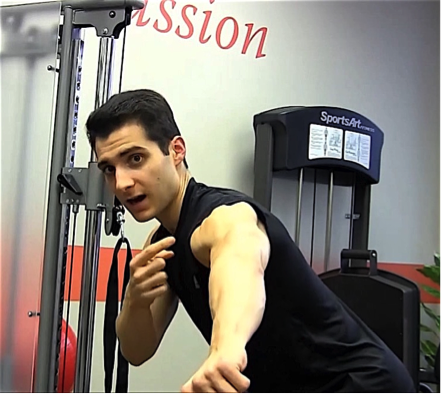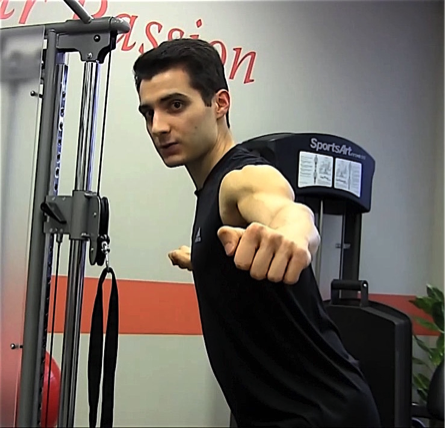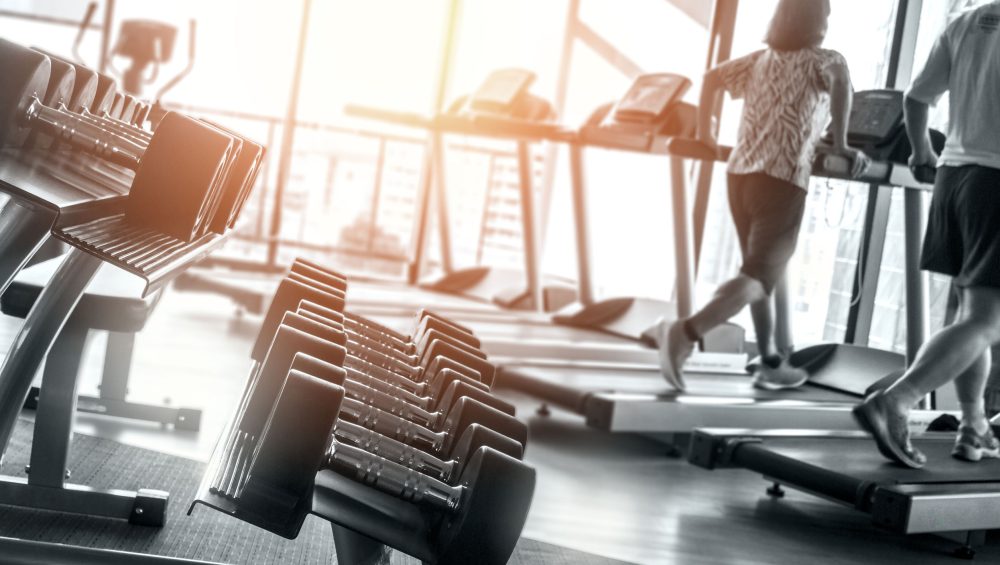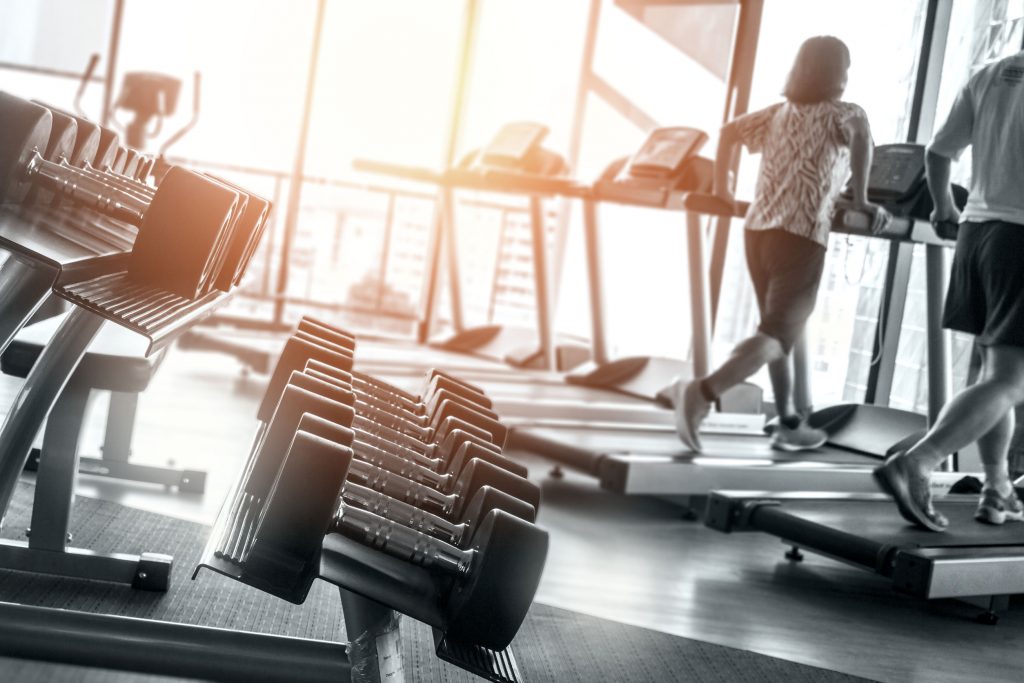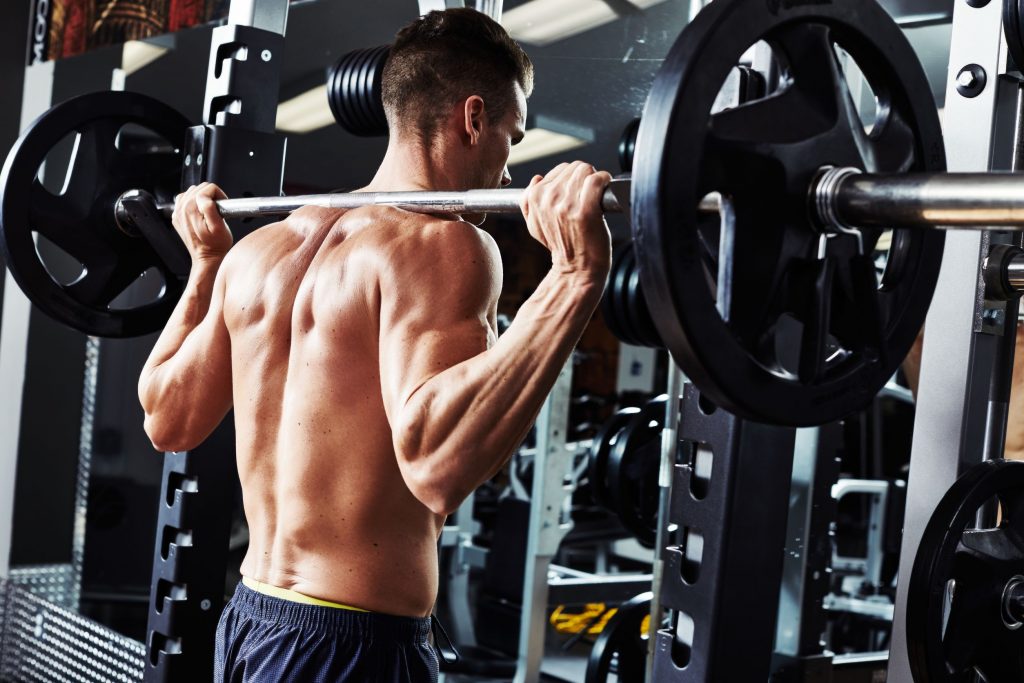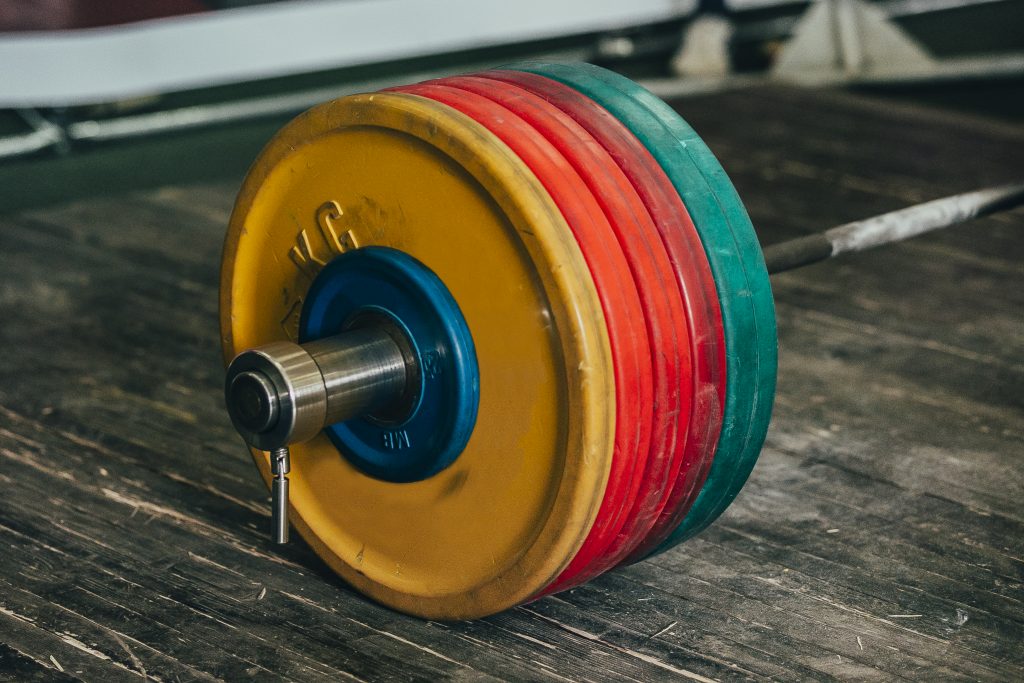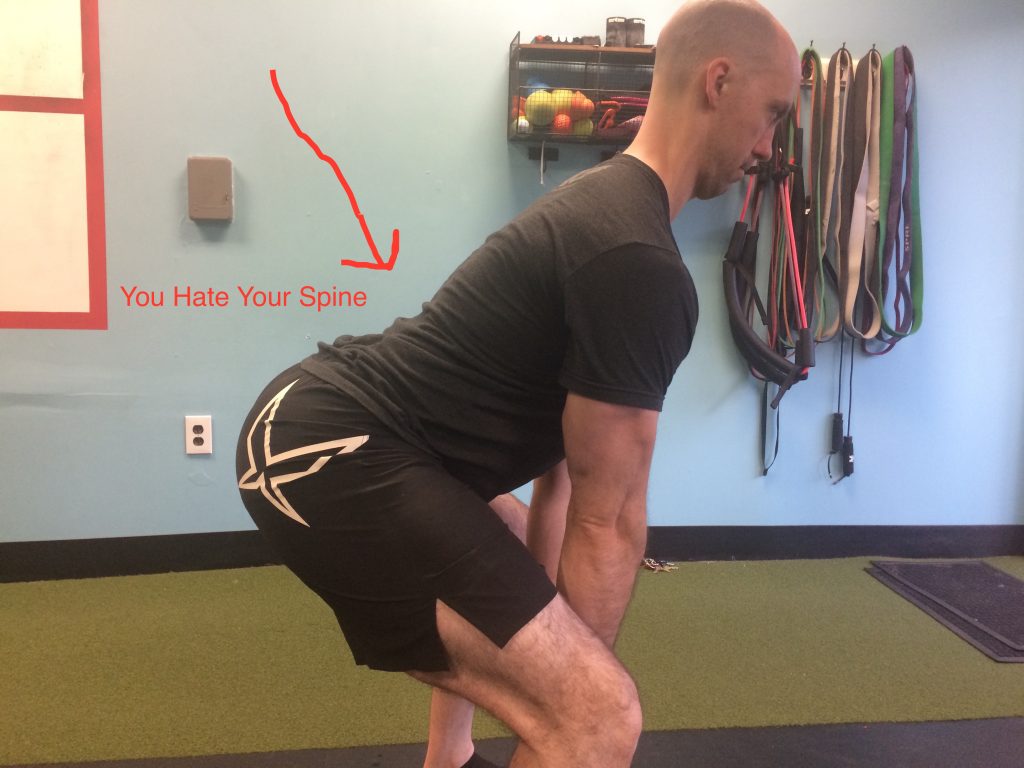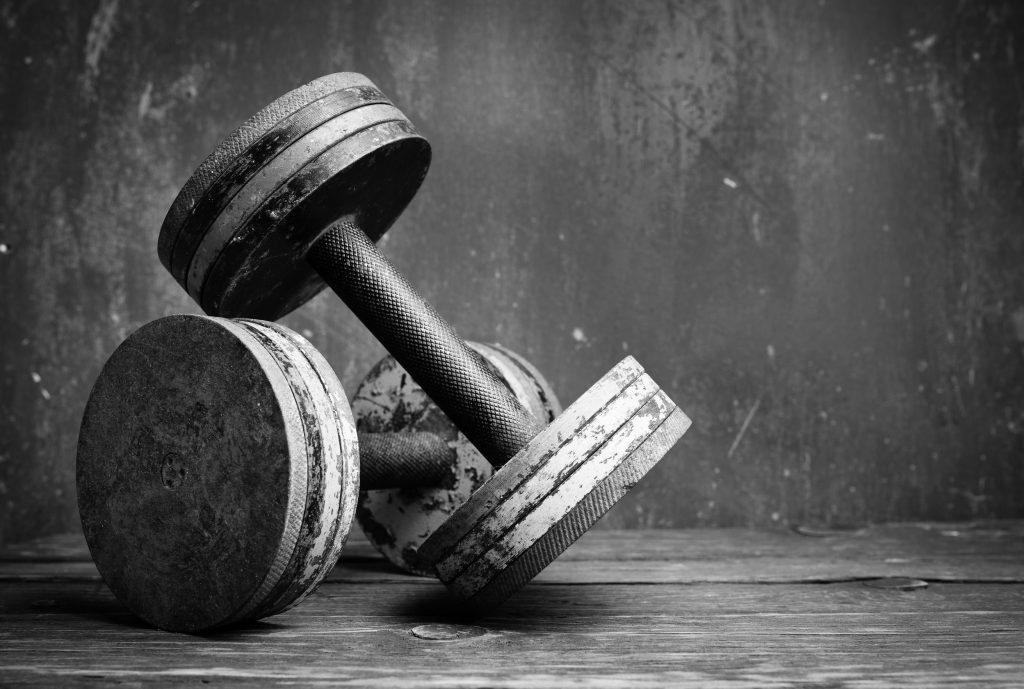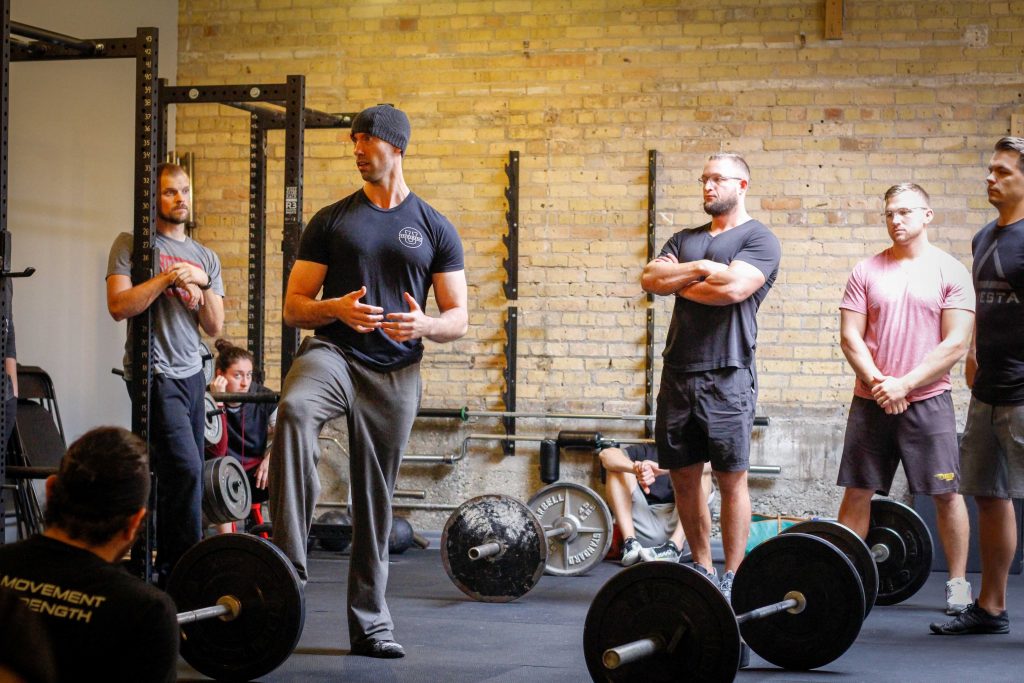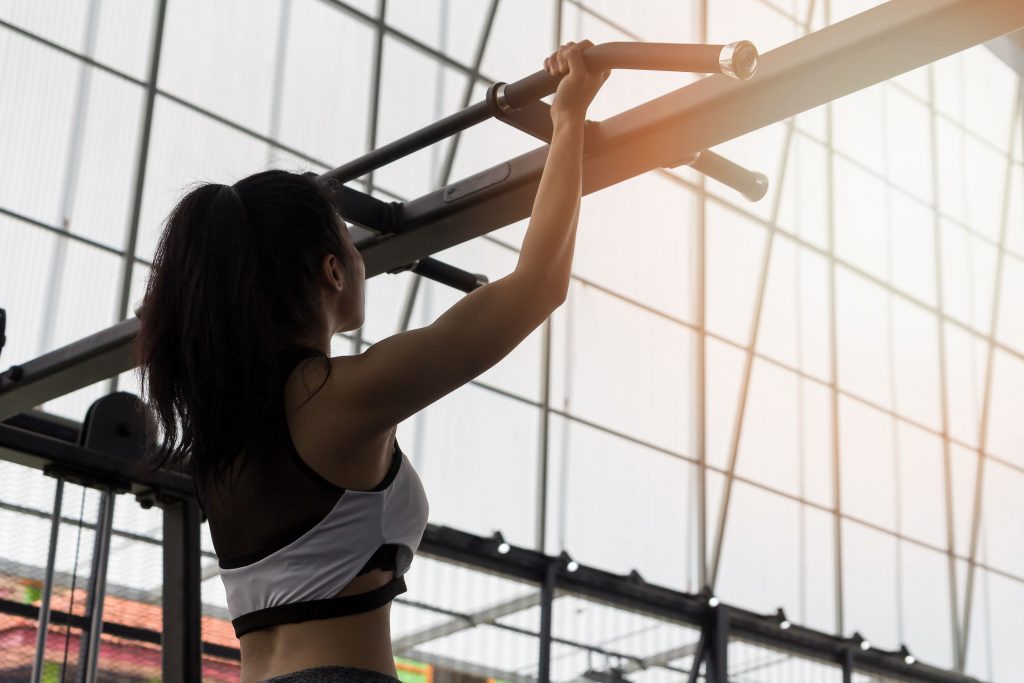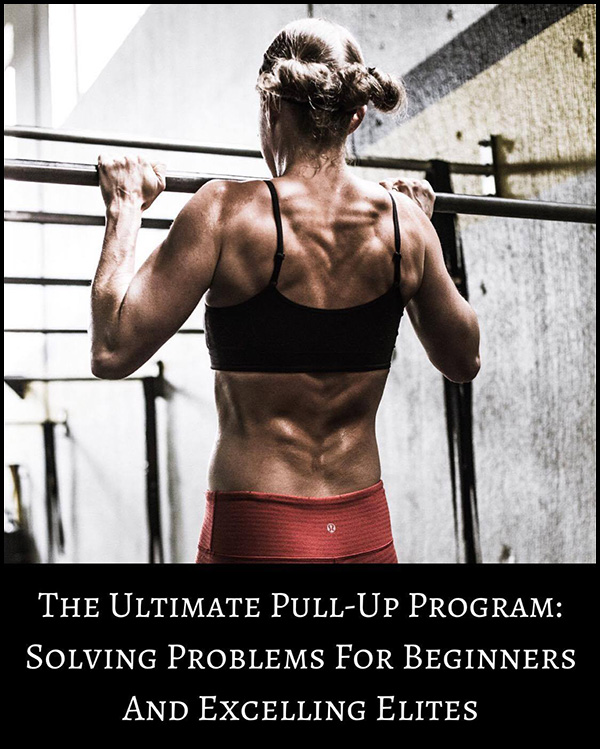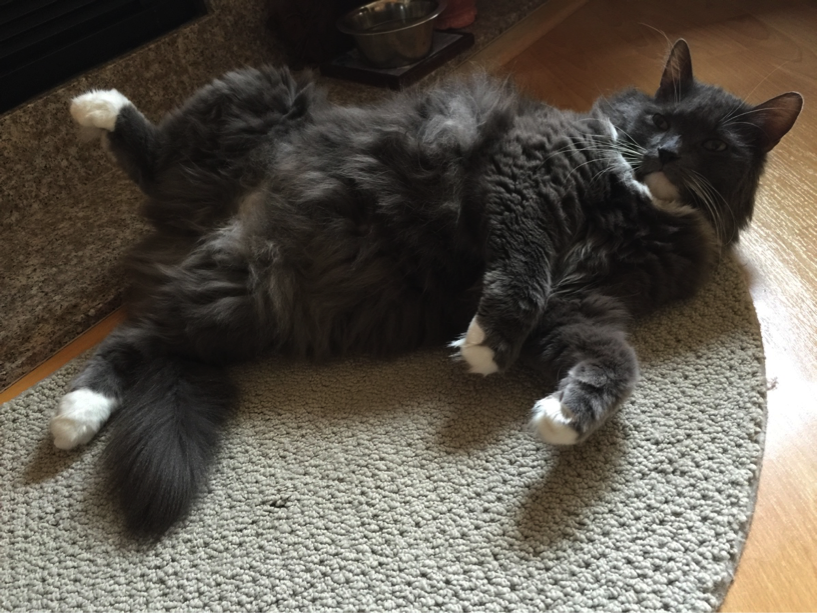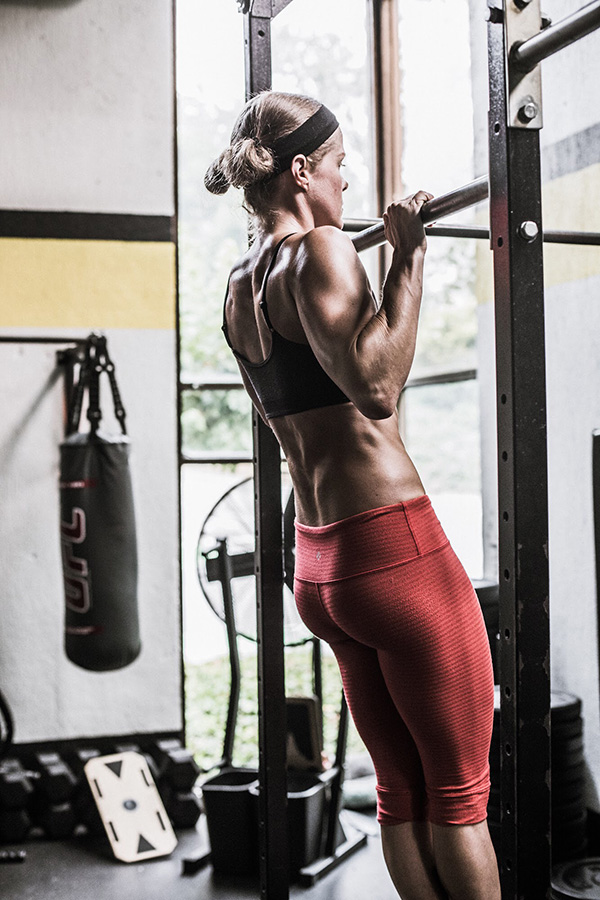Front squats are like kittens.
You need more of them in your life.
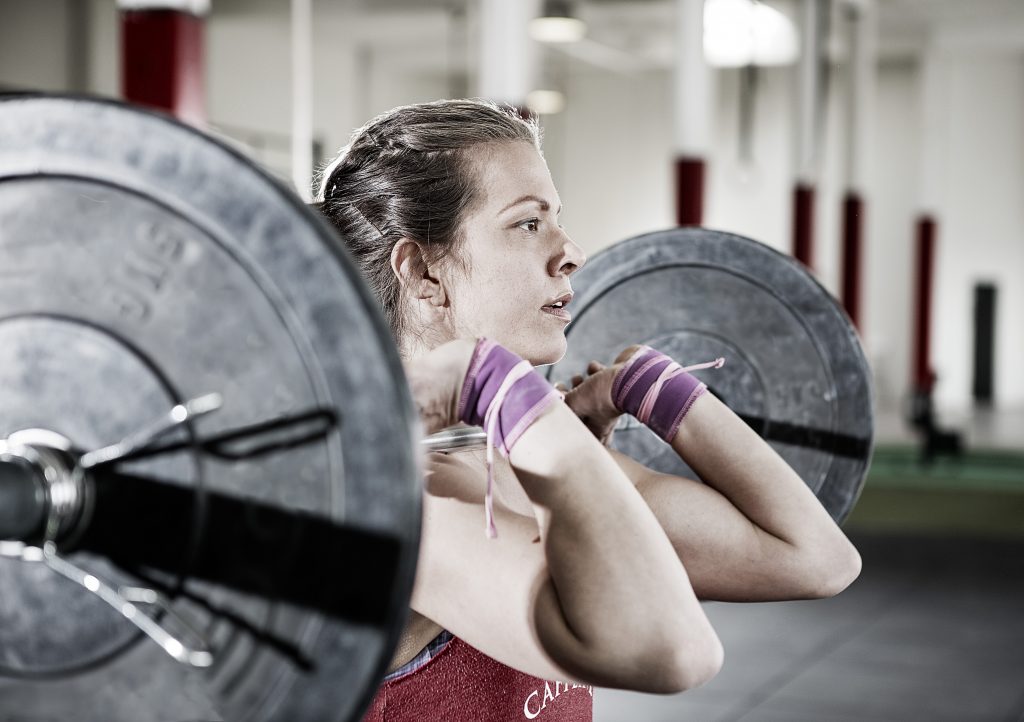
Now, before people reach for their pitch forks, or, I don’t know, call their local IPF director to blacklist me, let me be clear: this is not an attempt or diatribe to dissuade anyone from back squatting.
I like back squats.
Back squats are awesome.
I still have my clients back squat (and perform the exercise myself, even though the video below is of me using a Safety Squat Bar).
So, deep breaths. Relax.
This is a back squat “safe space.”
However, You Should Be Doing More Front Squats
The irony here is that I used to hate front squats. Almost as much as I hated Jillian Michaels’ kettlebell swing tutorials.

On a scale of 1 to 10 (1 being a tickle fight with Gizmo from Gremlins and 10 being feeling like you’re getting choked out by Chuck Liddell) front squats were around an 8 for me.
Whenever I did them they always felt, well, unpleasant.
They didn’t hurt or cause physical pain or anything. They just, you know, sucked a bunch of donkey balls whenever I did them.
So I didn’t.
Then I had an epiphany of sorts:
- I noticed that once I hit 40 back squats weren’t feeling all that spectacular. I found my hips and low back weren’t tolerating the consistent loading and it took longer to recover.1
- I had always been slow off the floor with my deadlifts and wondered if it was due to lack of quad strength (pushing away from the floor)? After listening to Chad Wesley Smith pontificate on the topic and mention how much of a fan he was of front squats to help with this issue, I was sold.
- I needed to stop being such a pussy.
So I made a concerted effort to prioritize front squats in my training.
And wouldn’t ya know…
I started getting better at them. They sucked a little less. And some good things happened.
1. I Hit a 300 lb Front Squat. Not Too Shabby.
2. Fast Forward a Few More Months…I Finally Hit a 600 lb Deadlift
But, Tony, Why Should I Front Squat? It’s Not All About You. Gosh.
1. They’ll Likely Feel Better
Again, I want to remind anyone who’s contemplating throwing their face into their keyboard at the mere hint of me suggesting people not back squat….
…….that’s not what I’m saying.
We’re on the same team.
However, there’s likely a fair number of you reading who have had a rocky time with back squats. Or maybe you have a client who’s lived through a maelstrom of on-again/off-again relationships with them?
Hey, it happens…and there’s nothing wrong with it.
Back squats aren’t bad, and front squats aren’t some end-all-be-all panacea.
In fact, front and back squats are more similar than they are different – both require massive amounts of strength/stability in the hips and core, as well as requisite “access” to hip flexion, knee extension, and ankle dorsiflexion – so I really see little need to get all territorial about which one is better.
In the end, as far as which is better, it depends. It depends on someone’s goals, preferences, anthropometry and injury history.
I will say this: Unless you’re a competitive powerlifter (or just solely interested in lifting as much weight as possible), no one has to back squat.2
It’s my opinion, though, that for most people, most of the time, given most goals (and taking into account the cost-benefit of exercise selection) front squats will likely be the best option and better fit.
NOTE: you can send all hate mail to [email protected]
For those reading who, while respecting anecdotal examples, are more keen on evidence-based data, I’d point you towards the renowned Gullet, et al study – A Biomechanical Comparison of Back and Front Squats in Healthy Training Individuals – which compared EMG activity between the two variations.
Are they dramatically different? Nope.
This study compared 70% of 1-rep max of the back squat to 70% of 1-rep max of the front squat and showed that EMG activity on the quadriceps, hamstrings, erectors, even the eye lids were overall the same.3
Biomechanically speaking most people can back squat more than they can front squat, so 70% of back squat was heavier than 70% of front squat in the study.
However, as Dr. Mitch Babcock pointed out in a recent video of his I watched:
“If someone has a compressive type problem (knees achy, maybe their spine feels like linguini)…we can get equal EMG activation with less load by utilizing front squats”
Some trainees may think their world is going to end and that they’ll lose strength in their back squat, but hopefully you can see the value in leveraging the above information.
We can still elicit a high training effect on the legs with front squats.
2. Front Squat = Deeper Squat
There’s a massive caveat here.
A deep squat isn’t always better nor is it something that should be the end-goal of every individual.
Please read THIS post for a little more detail on the topic.
That being said, because of the bar placement (anterior on the shoulders) and because one is able to maintain a more upright torso during its execution, most people will be able to achieve a much deeper depth with a front squat.
Why is this good?
1. The internet trolls won’t judge you as much.
2. A deeper squat = more glute max recruitment.
I like to use this tidbit of info with many of my female clients who are a little more badonkadonk obsessed compared to their male counterparts.
Thanks in no small part to Bret Contreras and his popularization of the hip thrust, many women (guys too) have been placing more emphasis on their derriere in recent years.
Results have been fantastic.4
That being said, there has been a trend of late where many women perform only hip thrust (as well as a cornucopia of band exercises – band hip abductions, kickbacks, side raises, lateral stepping, etc) to target their glutes.
[My good friend Lee Boyce noticed this trend too and wrote about it HERE.]
If you want glutes perform your hip thrusts and the litany of other exercises that target that area. However you still need to build them with some good ol’ fashioned strength training.
Front squats can help immensely in this department.
3. Better Posture
I saved the boring one for last.
Come on, if I started with posture this would have happened:
This will be short.
Front squats nudge people into more thoracic extension which is going to be a game changer in terms of helping to improve posture.
As you descend closer to the ground you have to “fight” to keep from folding over. In many ways the proper execution of the exercise itself is self-coaching.
If you don’t maintain thoracic extension the barbell rolls off your shoulders.
And when that happens a baby seal dies.
You are such an asshole.



 Tim is an exercise science graduate and CSCS who has been training in Baltimore MD for over 14 years. While his specialty is body composition, he has extensive experience working with clients from young athletes to cardiac rehabilitation patients. Tim has been published in a variety of fitness publications and writes for his blog when he isn’t helping clients in person.
Tim is an exercise science graduate and CSCS who has been training in Baltimore MD for over 14 years. While his specialty is body composition, he has extensive experience working with clients from young athletes to cardiac rehabilitation patients. Tim has been published in a variety of fitness publications and writes for his blog when he isn’t helping clients in person.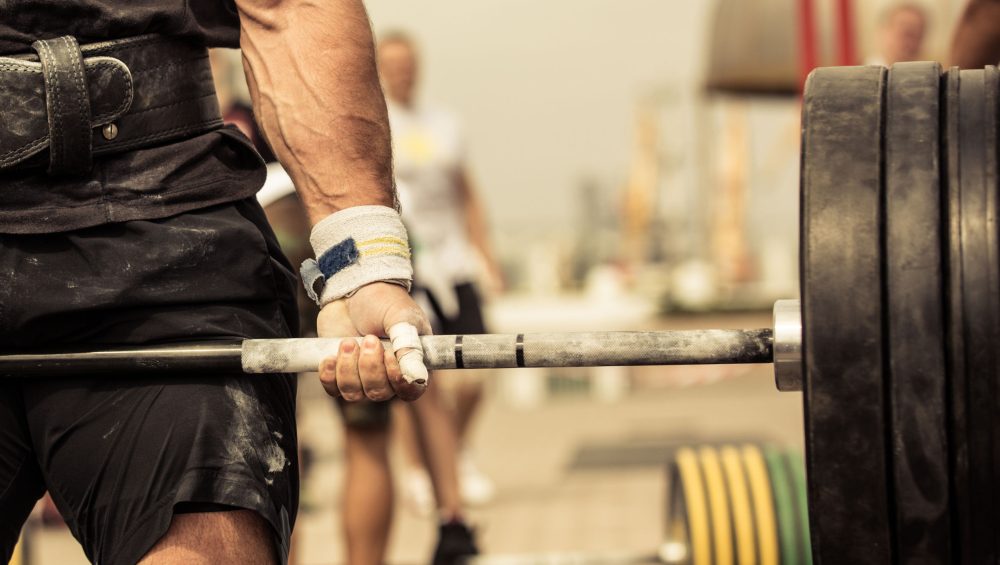
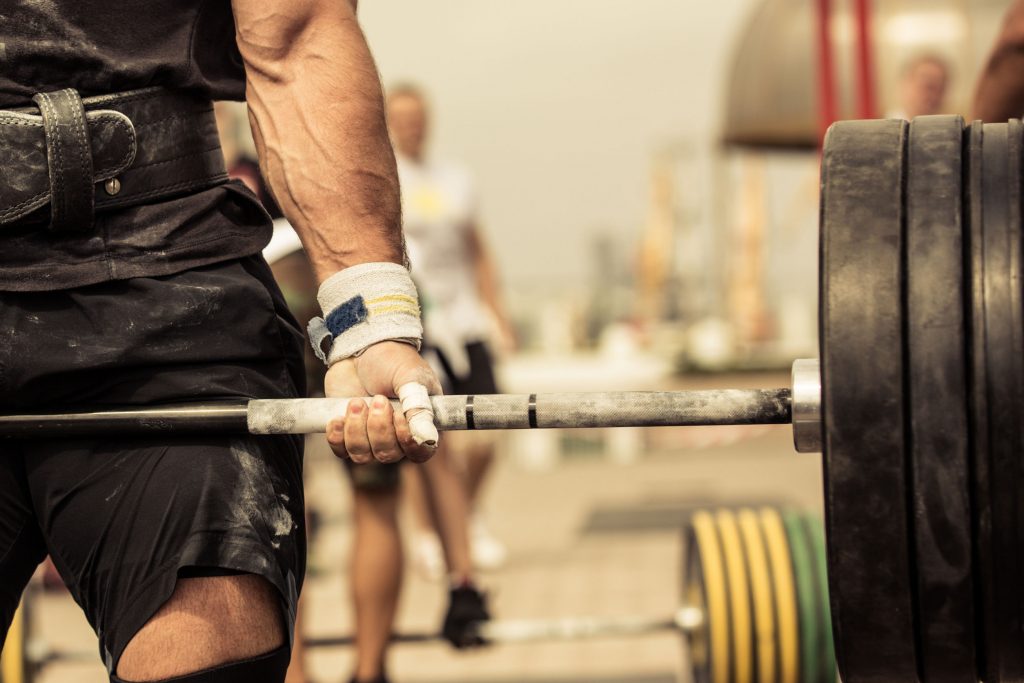
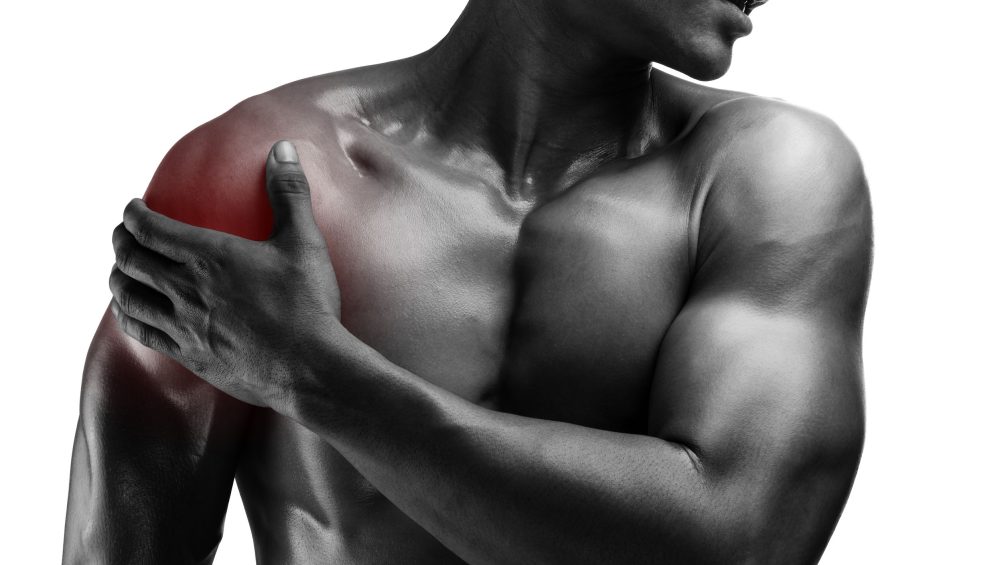

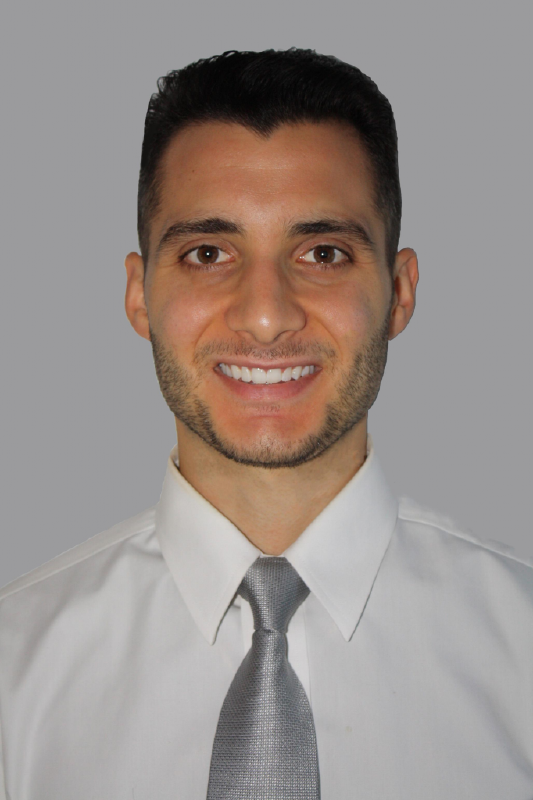 Nicholas M. Licameli
Nicholas M. Licameli
%2C445%2C286%2C400%2C400%2Carial%2C12%2C4%2C0%2C0%2C5_SCLZZZZZZZ_.jpg)


